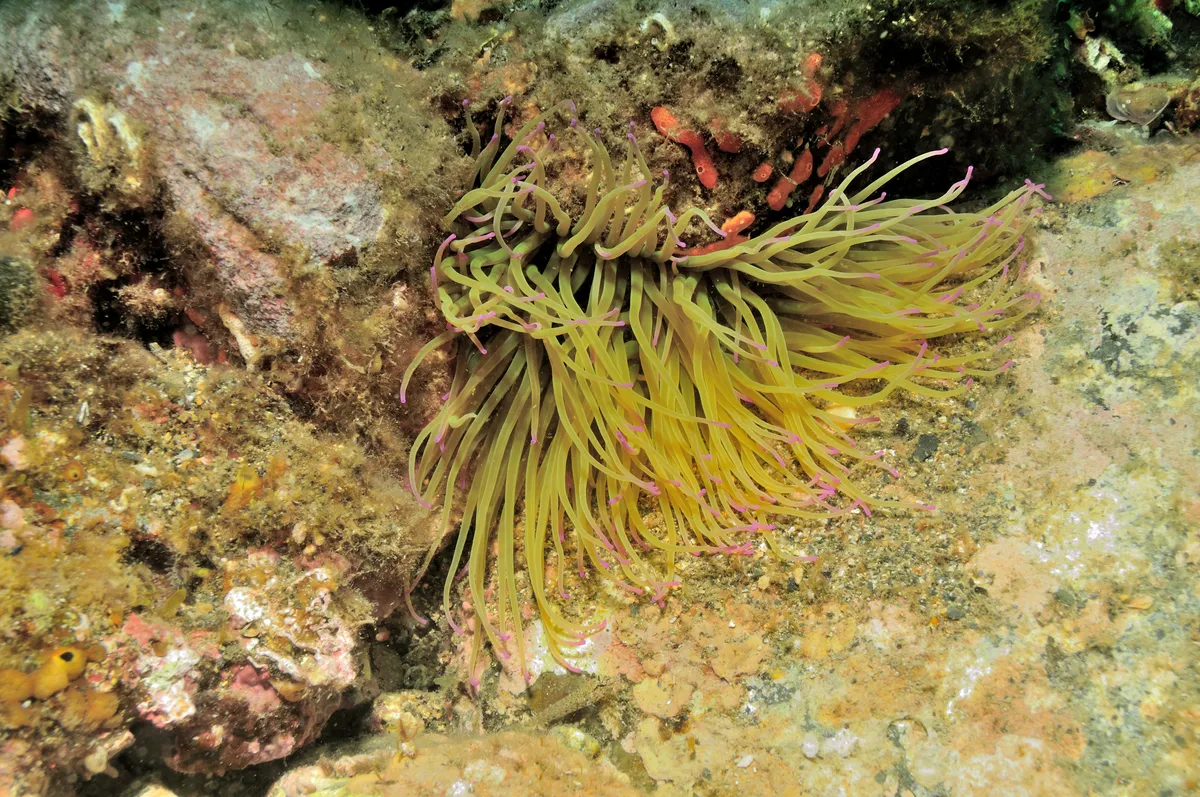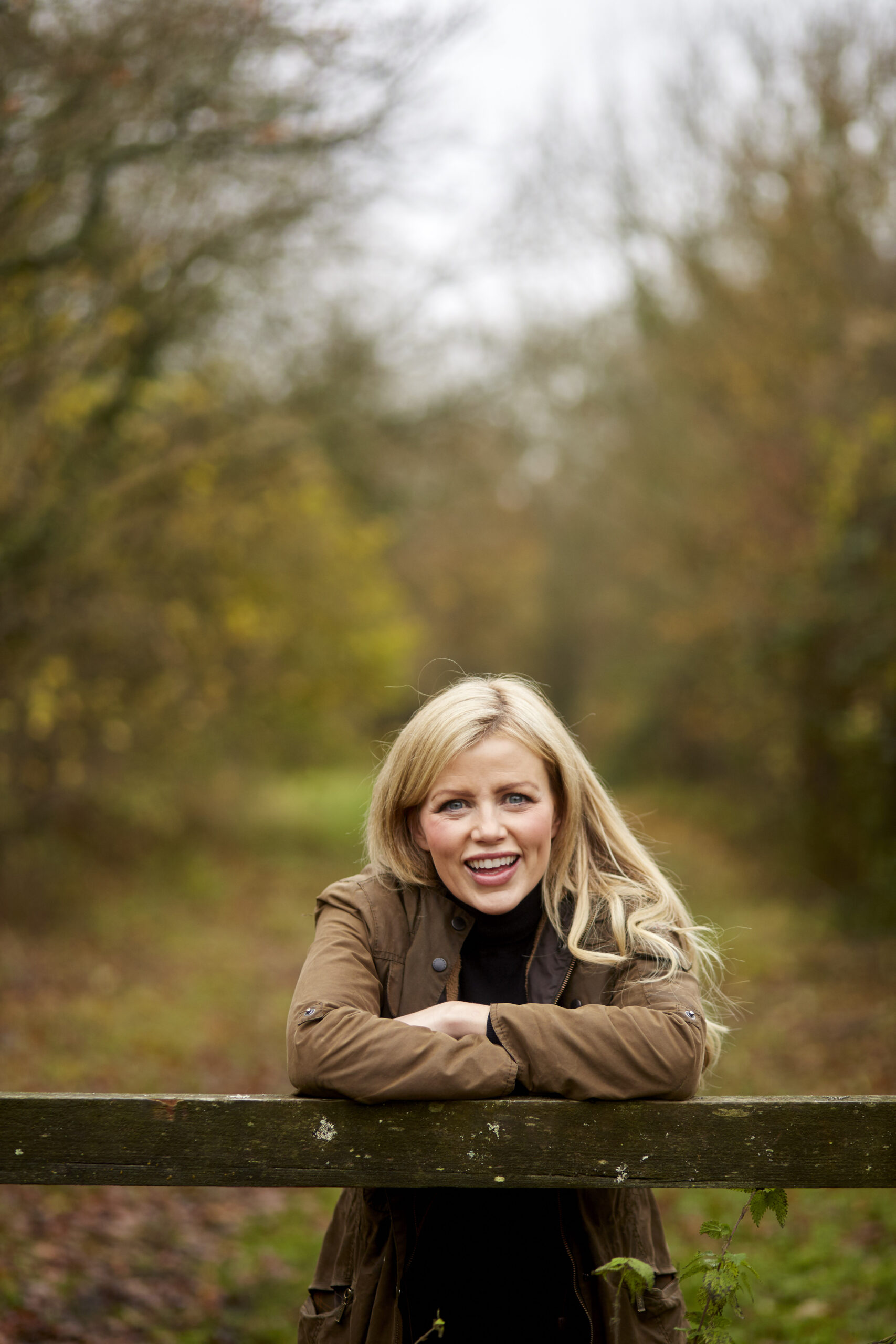There is a purposefully upbeat tone of voice across press releases from many conservation charities, despite their tidings. Sound the emergency alarm once again but sweeten it with a motivating sighting of a long- endangered species: look at the survivor in the carnage. Amid the bad news, a little good.
In fact, amid the bad news, flowing out between every sentence, there is the unspoken outpouring of physical and mental effort from hundreds of people, put towards improving the world around us. This is the seagrass story, the culmination of good people’s hours, the light in the press release, surrounded by upsetting tales of mass-strandings, tangled whales and propellor-damaged dolphins.
Here’s to the curious. Those who asked why it matters if seagrass meadows are being lost. The researchers, students and inquiring sea-goers who discovered that seagrass is a flowering plant that stabilises sediment, helping to reduce coastal erosion, that absorbs nutrients, cleans the surrounding water and stores carbon. A nod to the naturalists and fans of creepy animals that rely on seagrass. Like snakelocks anemone, with its tiny stinging cells and green tentacles, coloured by algae that gives it extra food via photosynthesis. Or the scallop’s 200 blue eyes, which sense changes in light and motion from predators. Or charming seahorses, managing to only swim a few metres per hour, so preferring to stay in one place, holding on to seagrass by their tail to resist being dragged away by ocean currents. Hours in cold water behind masks has allowed us all to know about pollock, plaice and herring using seagrass nurseries.

You may also like:
- Ellie Harrison: why accents are important
- Ellie Harrison: the plight of the starling in Britain
- Ellie Harrison: how nature can help us cope in challenging times
These are the people who wondered about this secret environment, who calculated that seagrass is now only present in half the areas where it once was and who shared their research, passing the baton’s next question: what should we do about it?
Working together
Huge credit to those who endured the paperwork to apply for £2.5 million to make a difference. To those who set up meetings between organisations so the solution could be co-ordinated and efficient: Natural England, Marine Conservation Society, Ocean Conservation Trust, Plymouth City Council, Tamar Estuaries Consultative Forum, Royal Yachting Association, the Wildlife Trusts and more.
Let’s hear it for the divers who collect the seagrass seeds, for those who transport them and receive them at the National Marine Aquarium in Plymouth. Credit to the technicians who supervise the 36m-squared growing space with fast-flowing water and controlled lighting that generates thousands of hessian bags covered in seedlings to put back in the sea. Acknowledge the boat drivers, supervisors and volunteers who plant the hessian bags in the cold and some by hand, walking at low tide with big wooden load-spreaders on their feet.
Kudos to the charmers, talkers and diplomats who encourage changing ways. While anchors can damage seagrass, scraping the seabed as they pivot with changes in wind direction and tide, a nod of appreciation goes to boat owners who anchor away from seagrass meadows and to the harbour commissioners installing new designs (Advanced Mooring Systems), created to reduce impact on the seabed.
And to our own changing ways, by way of thanks for all these efforts. Not riding horses, cycling or dragging paddle boards through seagrass, not using jet skis at all – I mean at speed – around seagrass, bag and binning dog poo, which causes localised eutrophication, and stopping dogs digging in seagrass meadows, are all ways we can be honour the work of those before us.

